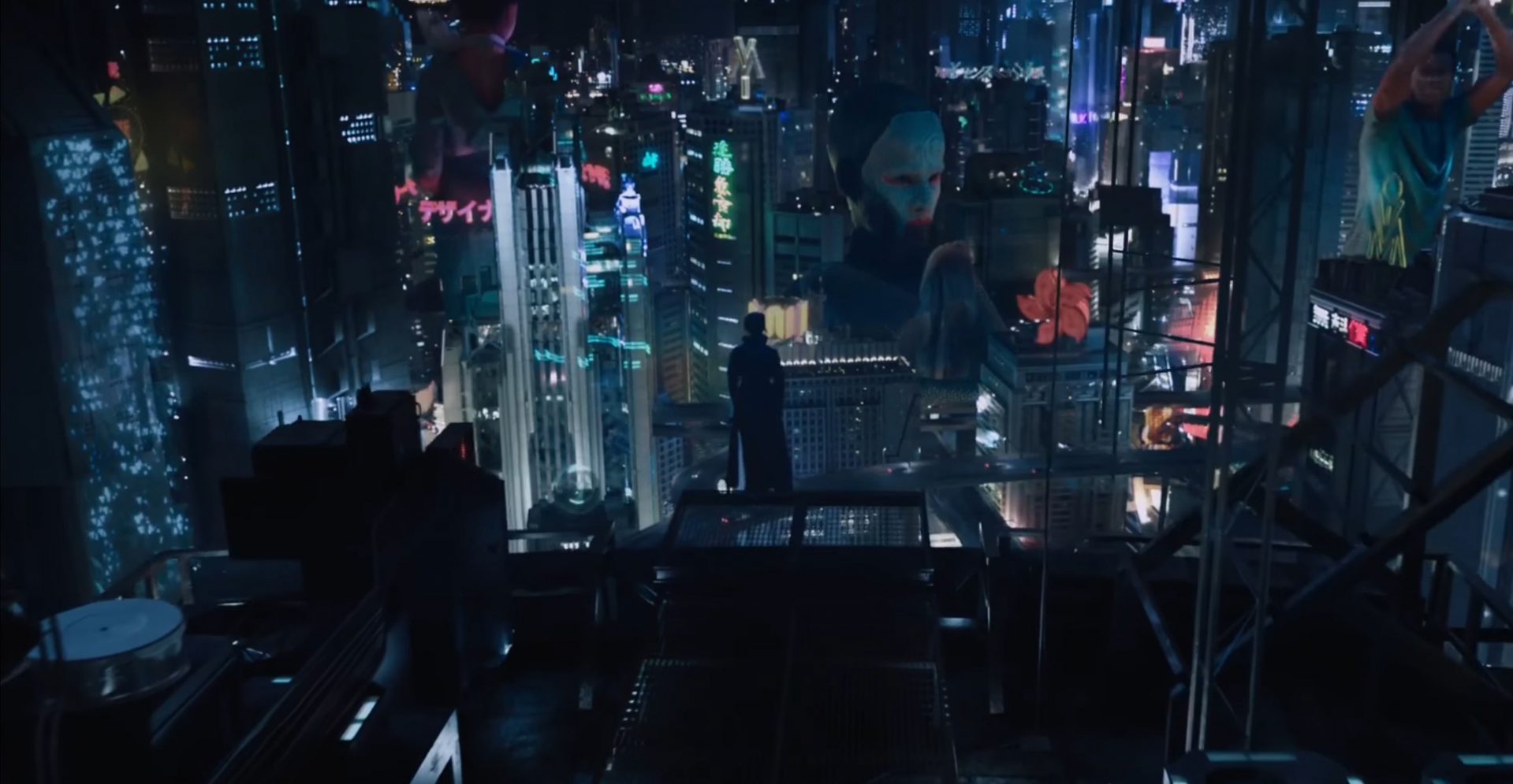[Reading Response 2]-In search of the Ghostly in context
The representational space of In Search of Ghostly Contexts is an important platform for marginalized individuals to fight for their rights and solve social inequalities. Made in Hong Kong, a film by Fruit Chan, addresses this inequity by integrating its critique into the larger socio-political framework of Hong Kong’s upcoming political transfer. In Made in Hong Kong, Susan’s suicide highlights the inequitable living conditions generated by government neglect and represents the decay and ghostliness of Hong Kong’s urban landscape. Prior to the handover in 1997, Hong Kong saw a significant political upheaval uncertainty. Such worries are reflected in films
Continue reading[Reading Response 2]-In search of the Ghostly in context
